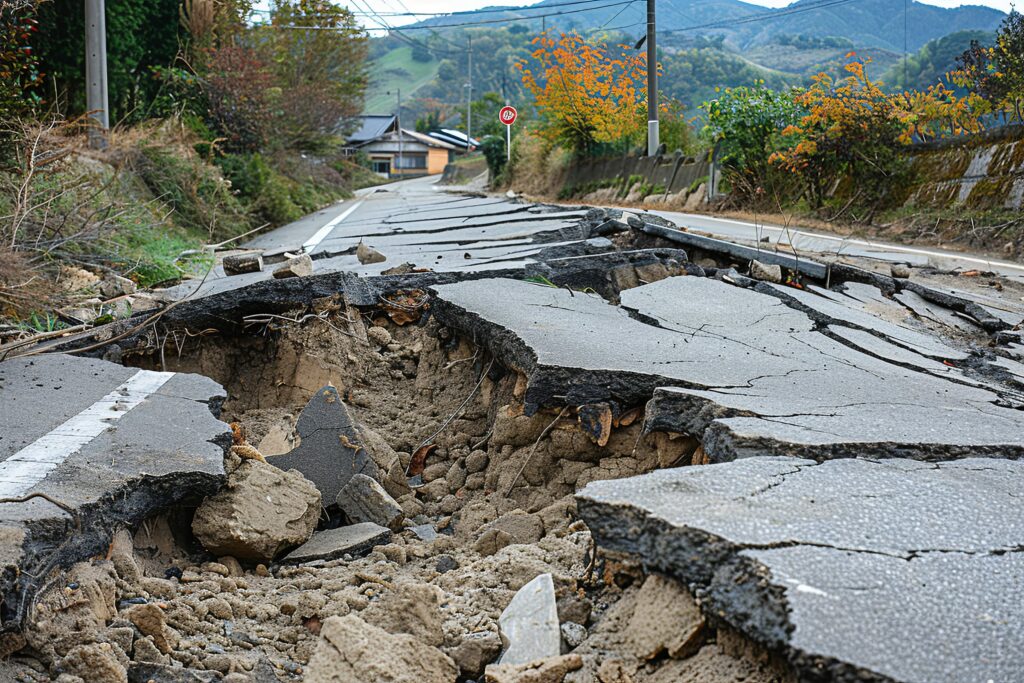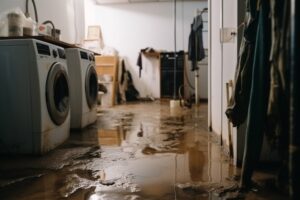Swing Sets, Trampolines & Liability: What Homeowners Need to Know...
Read More
How Natural Disasters are Impacting Insurance Rates
August 9, 2024
1. Increased Frequency and Severity of Natural Disasters
The frequency and severity of natural disasters such as hurricanes, wildfires, floods, and tornadoes have been on the rise. This increase leads to higher insurance claims as more properties are damaged or destroyed. Insurers respond to these higher claims by raising premiums to cover the increased risk.
2. Higher Claim Payouts
3. Reinsurance Costs
4. Regional Variations
5. Changes in the Underwriting Process
6. Regulatory Changes
7. Long-Term Economic Impact
MITIGATING THE IMPACT
Policyholders can take steps to mitigate the impact of rising insurance rates due to natural disasters. This includes investing in disaster-resistant home improvements, such as reinforced roofs or flood barriers, and maintaining a good claims history to qualify for discounts. Additionally, shopping around for the best insurance rates and considering higher deductibles can help manage costs.
Natural disasters have a significant impact on insurance rates, driven by increased frequency and severity, higher claims payouts, reinsurance costs, regional risk factors, changes in underwriting practices, regulatory changes, and long-term economic impacts. By understanding these factors and taking proactive measures, policyholders can better manage the rising costs of insurance in the face of natural disasters.
Sablich Insurance Group is licensed in Pennsylvania and New Jersey.
In Memory, In Action: Sablich Insurance Group’s Commitment to Melanoma Awareness
In Memory, In Action: Sablich Insurance Group’s Commitment to Melanoma...
Read MoreFlood Insurance in Pennsylvania and New Jersey: What Homeowners Need to Know
Flood Insurance in Pennsylvania and New Jersey: What Homeowners Need...
Read MoreContact
-
300 Brookside Avenue
Building 4, Suite 125
Ambler, PA 19002 - 215.402.7021
- info@sablichinsurance.com
Site Map
Follow Us
in Pennsylvania and New Jersey



